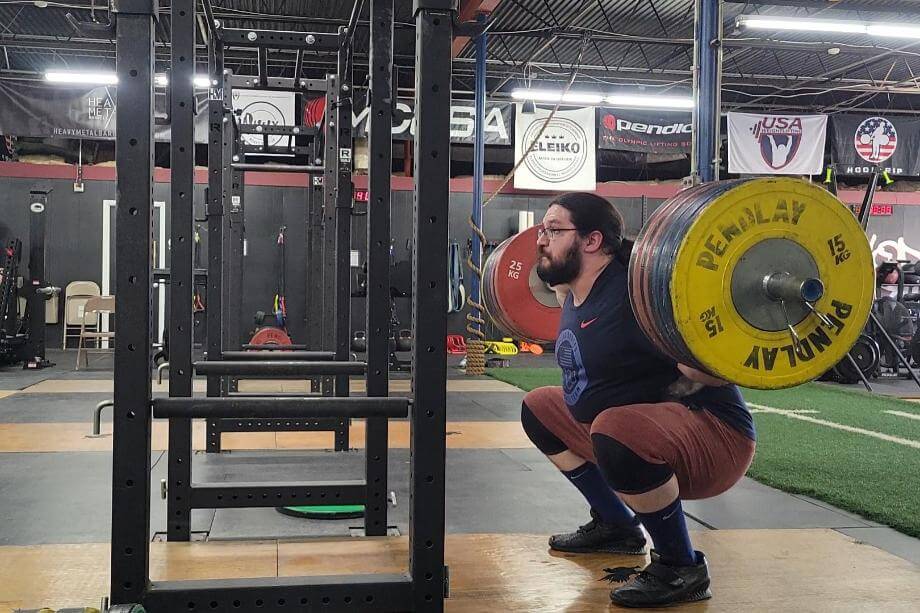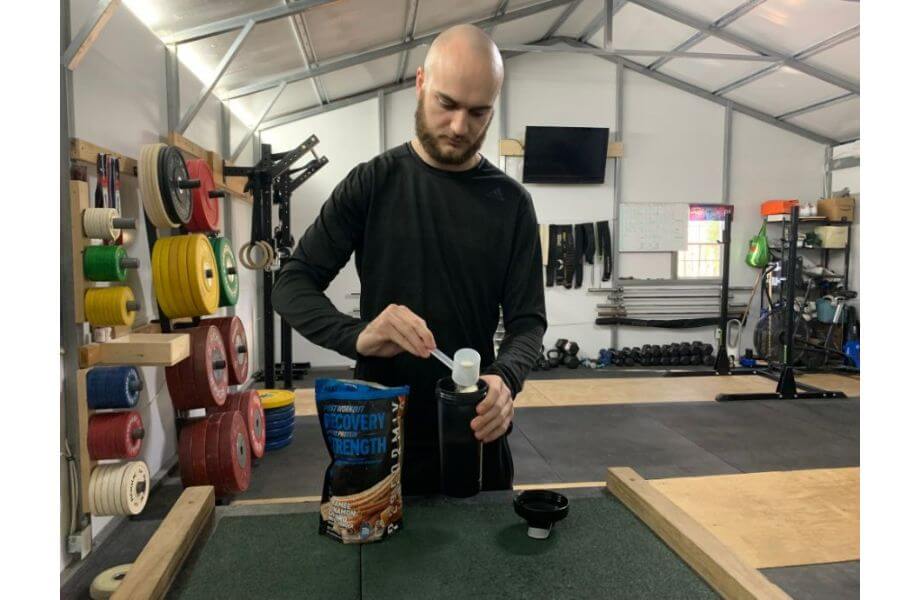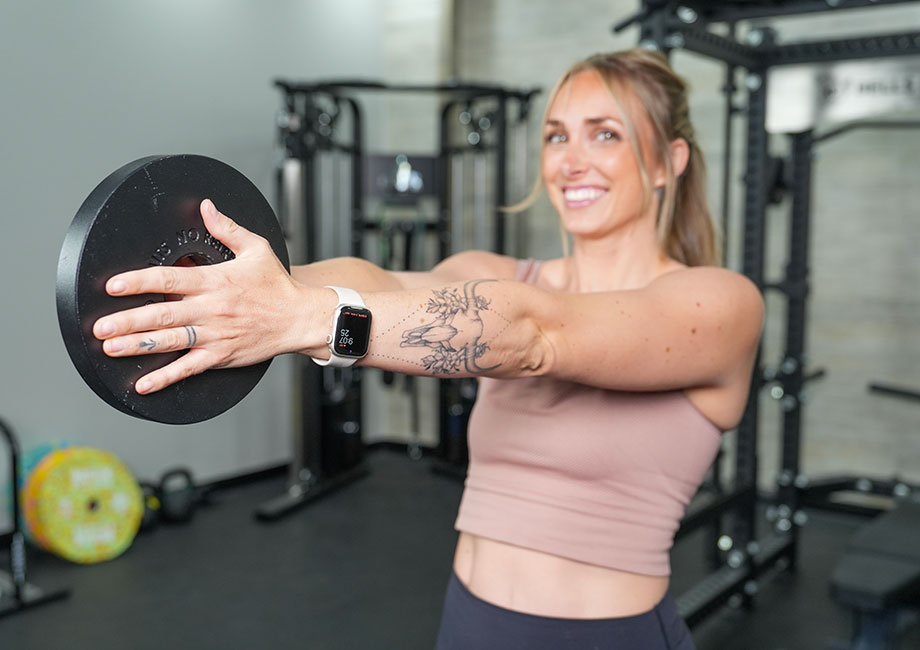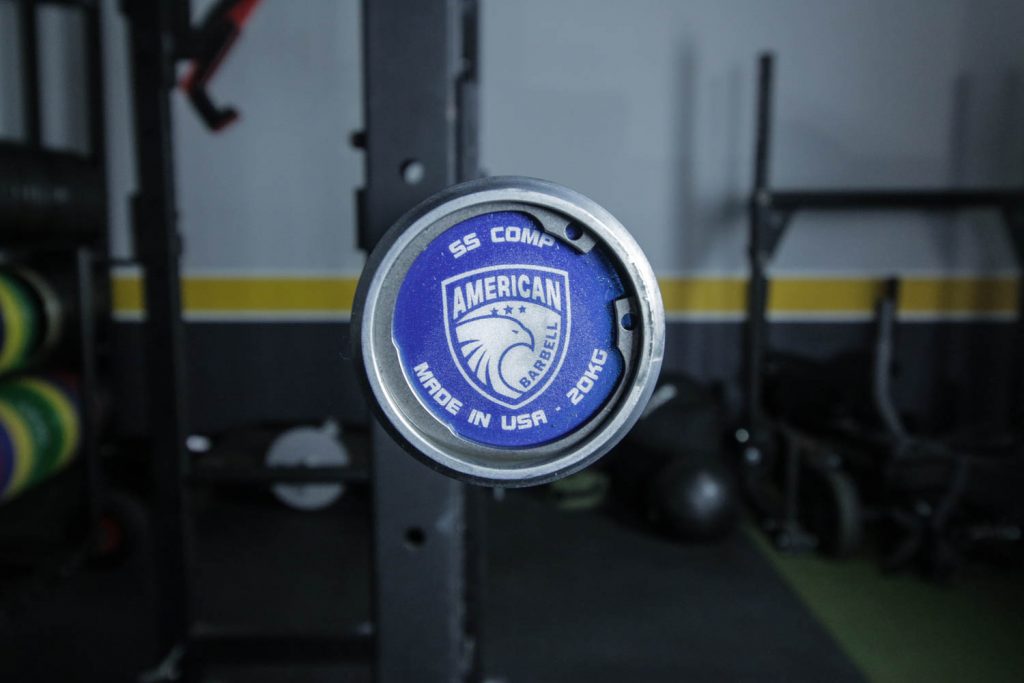Time is a commodity. Between work, family, friends, chores, errands, and any of the many other obligations we commit to on the reg, it’s a miracle that we ever find the time to get to the gym and exercise, even if it’s literally in your garage!
Compound exercises are beneficial for time-pressed individuals. Unlike isolation exercises, which work just one muscle, compound movements work multiple muscle groups. Including a comprehensive collection of compound lifts and movements into your workout routine will help you make progress toward fitness goals in less time.
So, we’re talking about compound exercises today. We’ll cover what they are, their benefits, and which ones are the best ones to add to your regimen immediately.
What Are Compound Exercises?
You’re rarely using only one muscle group while performing everyday movements. Whether you’re getting out of bed in the morning, picking up a bag from the floor, or reaching for something on a shelf, your body often recruits several muscle groups, each working in unison to do what you need to get done.
Compound exercises function the same way. Each movement or lift involves numerous muscle groups simultaneously. There are six basic compound movement patterns:
- Squats
- Vertical pushing movements
- Horizontal pushing movements
- Vertical pulling movements
- Horizontal pushing movements
- Hip hinge movements
Most compound movements also tend to mimic everyday living activities (hence the term functional fitness), which means getting better at squats, overhead presses, rows, deadlifts, and other similar movements should make your daily life just a touch easier.
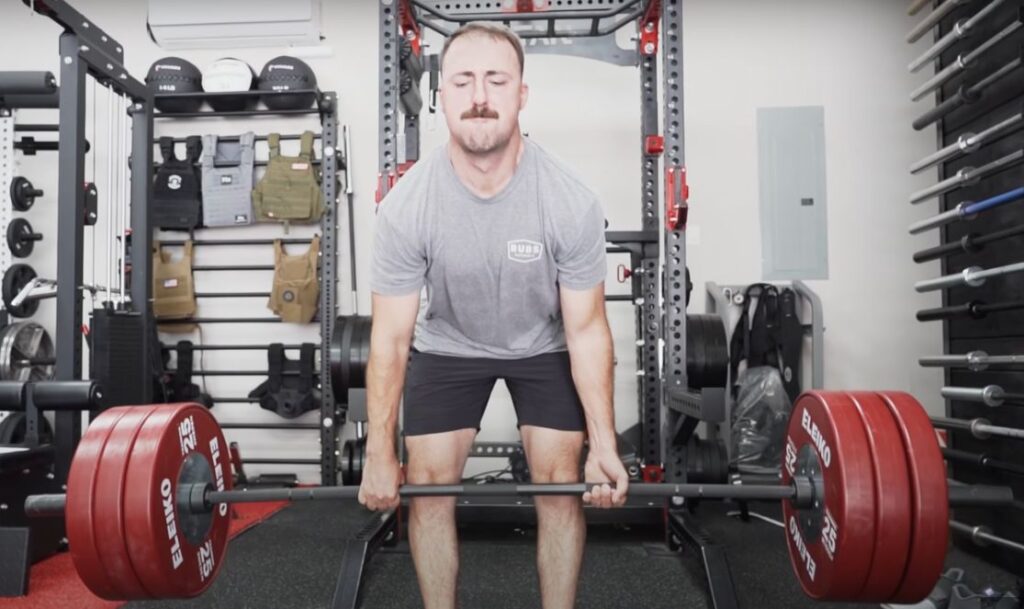
Compound Exercises vs Isolation Exercises
Compound exercises are super beneficial to time-pressed individuals because they target more muscle groups simultaneously. Gym staples like the bench press, back squat, push-ups, and pull-ups all are considered compound movements.
Take the push-up, for example.
This bodyweight champ is predominantly a chest and triceps workout, but you’ll also receive activation in the shoulders and core, as well as lower-body muscles like the hip flexors, glutes, quads, hamstrings, and calves. That’s a lot of bang for your buck!
Isolation movements, on the other hand, target a single muscle group and really build muscle mass and strength in that precise location. A classic example is the ever-popular bicep curl, which provides exclusive activation to the biceps brachii.
Other isolation exercises include dumbbell raises, cable crossovers, triceps push-downs, glute kickbacks, hamstring curls, and leg extensions, to name a few.
So, If compound exercises do more work than isolation exercises, why bother with isolation exercises in the first place?
Isolation movements are very beneficial for individuals who require a specialized training program. They’re especially helpful for bodybuilders, seniors, individuals who are rehabbing an injury, and specialized athletes.
That’s why we recommend making the most of both exercise types. Front-load your workouts with compound movements, since studies show1 you’ll get the most benefit from exercises performed at the beginning of your workout, then follow them up with some isolation exercises to really drive it home.
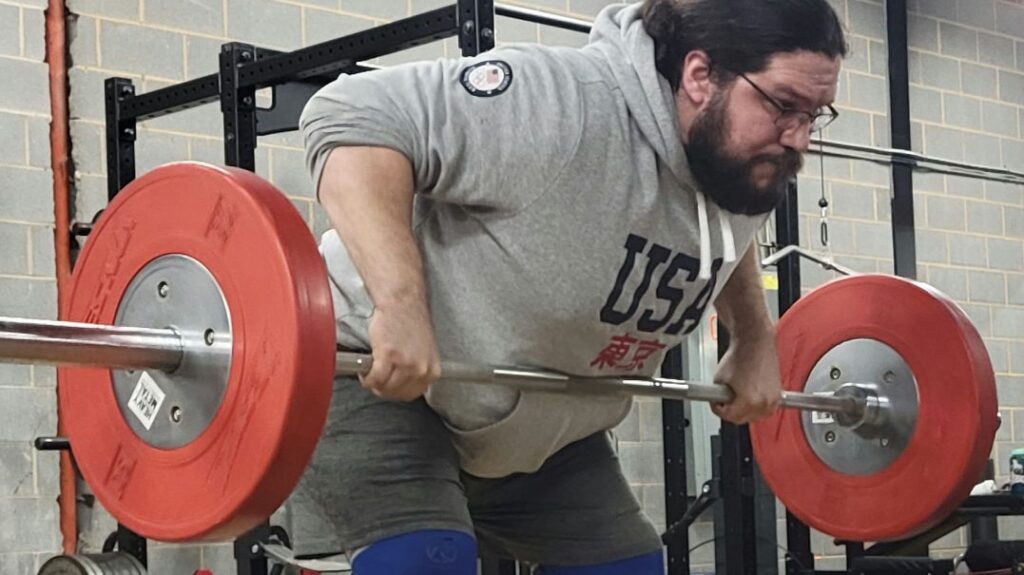
Benefits of Compound Exercises
So, what makes compound exercises some of the best to feature during your strength training workouts?
Build Strength
According to a 2017 study published in Frontiers in Physiology2, “[resistance training] programs involving [multi-joint] exercises appear to be more efficient for improving muscle strength and maximal oxygen consumption than programs involving [single-joint] exercises.”
In addition, most compound movements mimic everyday activities like standing, sitting down, pushing, and pulling. Regularly performing movements such as these, especially if using progressively heavier weights to overload the muscles, will contribute to greater strength and functional fitness.
Put On Muscle Mass
Stimulating hypertrophy is all about muscle activation, and you’ll have that in spades while doing compound exercises.
Think about the leg extension, an excellent isolation exercise for your quadriceps, compared to the almighty back squat, a compound lift featuring ample activation in your upper body, posterior chain, and core.
When it comes to weightlifting, you’ll get a lot more work done and build muscle in considerably less time choosing compound exercises over isolated movements.
Improve Flexibility and Mobility
Take away the heavy weights, and many of the best compound movements become dynamic stretches. Think about it: how many group fitness classes use movements like air squats, lunges, and push-ups as a warm-up?
Because compound exercises are based on everyday functional movements and feature a wide range of motion, you’ll improve flexibility and mobility by regularly including them in your workout.
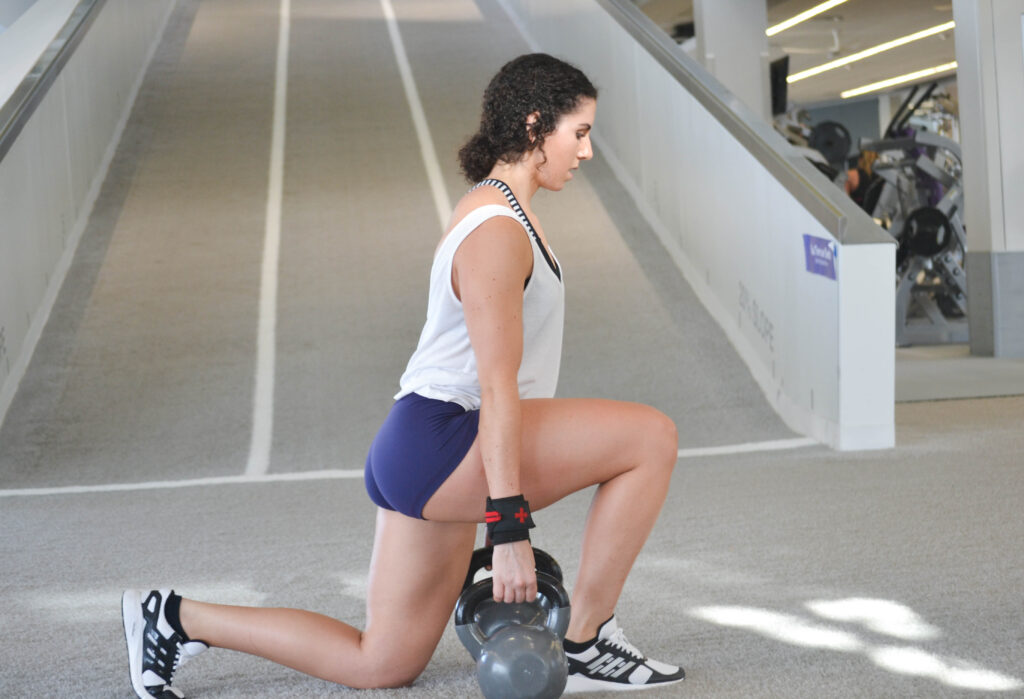
Enhance Joint Health
One of the best ways to improve your joint health is to keep ‘em moving!
Compound exercises are multi-joint movements, meaning you’ll move numerous joints during one movement compared to isolated exercises that are exclusively single joint.
Compare the front raise, which involves movement of the shoulder joint, to the overhead shoulder press, which involves the shoulders and the elbows. Thrusters take things even further, roping in your hips and knees, too.
When it comes to joint health, moving more joints more often can lead to better joint health. That is, assuming you don’t totally overdo it.
Increase Calorie Burn/Weight Loss
Compound exercises are often total-body movements, involving superior muscle activation compared to isolation exercises. They often feature a greater range of motion too, meaning they’ll, on average, burn more calories than their isolated counterparts.
And when it comes to weight loss and weight management, it’s common to prioritize burning more calories to reach or maintain a healthy weight.
Don’t believe us? Then, bang out a few quick kettlebell swings and tell us they don’t elevate your heart rate. Even the humble kettlebell swing is a compound exercise, and it’s a beast when it comes to burning calories!
Top Compound Exercises
We could prattle on all day about the incredible upside of compound exercises, but it’s high time we share a few of our favorite ones.
Without further ado, here are our picks for the top compound exercises you should be doing in the gym. If you’re not already doing them, there’s no time like the present to start!
Squats
Squats target and strengthen the lower body, including the quadriceps, hamstrings, and glutes. They also engage your core, back, and various stabilizing muscles along the posterior chain.
RELATED: What Muscles Do Squats Work?
Like most compound exercises, regularly squatting will contribute to increased muscle size, strength, and endurance, but squats are also good for improving activities of daily living, strengthening the core3, boosting natural hormone production4, and encouraging greater balance and stability.
There are also tons of squat variations, including the back squat, front squat, goblet squat, overhead squat, Bulgarian split squat, hack squat, sumo squat, pistol squat — the list goes on!
Not only are there seemingly an endless variety of squat variations, but most can be performed using a barbell, dumbbells, kettlebells, resistance bands, or even your own bodyweight.
RELATED: The Best Dumbbells
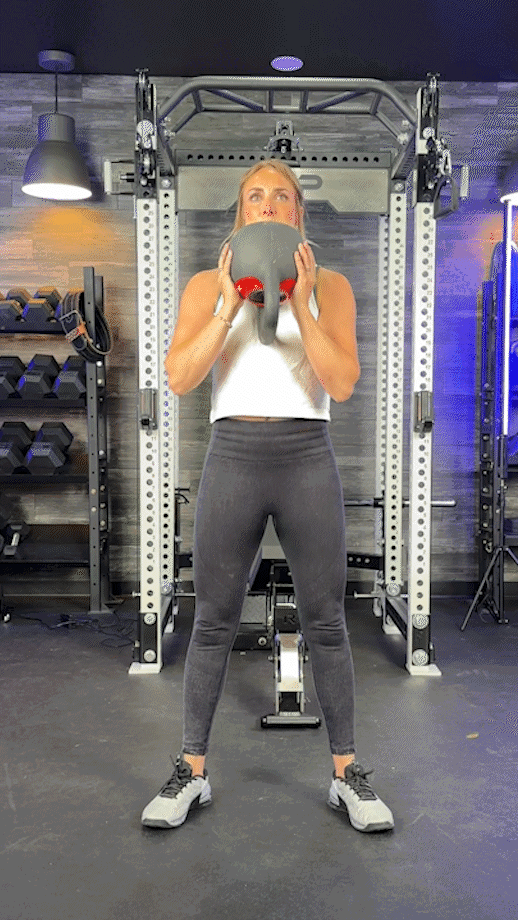
Lunges
Lunges are easy to learn and perform, but that doesn’t mean they aren’t super challenging. That’s because you’re working a multitude of lower-body muscles with each wide-legged step, including the quadriceps, hamstrings, glutes, soleus, and the hip adductors and abductors.
Lunging on the reg will work wonders for your hip strength, balance, and stability, all while burning calories and correcting muscle imbalances due to its unilateral nature.
Like squats, the endless number of variations is simply staggering. You’ve got front lunges, reverse lunges, walking lunges, lateral lunges — oh, and did we mention lunges can easily be paired with free weights, like dumbbells or kettlebells?
It’s a dastardly combo, free weights and compound exercises, but it’s most definitely effective!
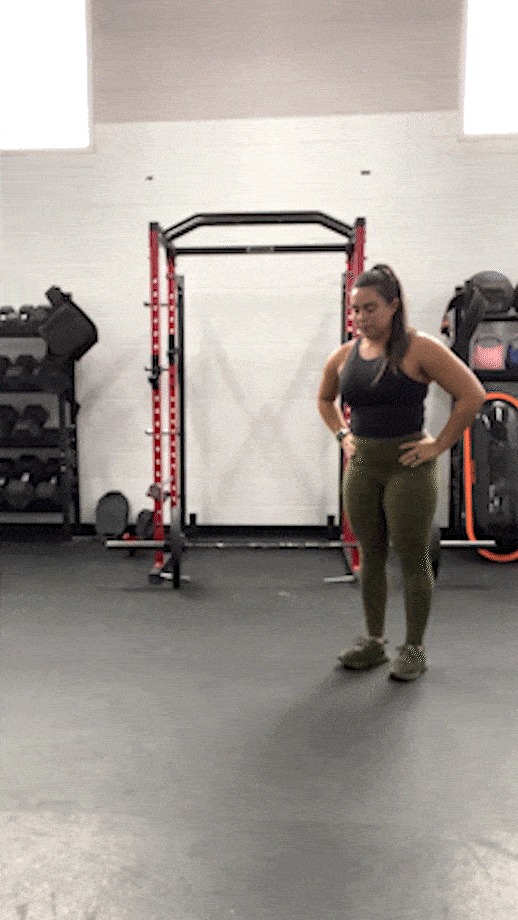
Overhead Press
Also called the military press, your standard overhead shoulder press recruits muscles throughout the upper body, including the anterior and medial deltoids, triceps, and upper back muscles like the trapezius, to name a few.
Performing the movement should provide some ancillary benefits to your hips, core, and other lower body muscles too, which work to keep you balanced while holding a heavy weight overhead.
You’ll want to include overhead presses and variations of the movement to develop strength and stability in your upper body5, including the muscles and the shoulder joint itself.
Variations include your standard overhead military press, sometimes called the strict press, as well as the push press, push jerk, split jerk, and Z press.
RELATED: Best Shoulder Exercises
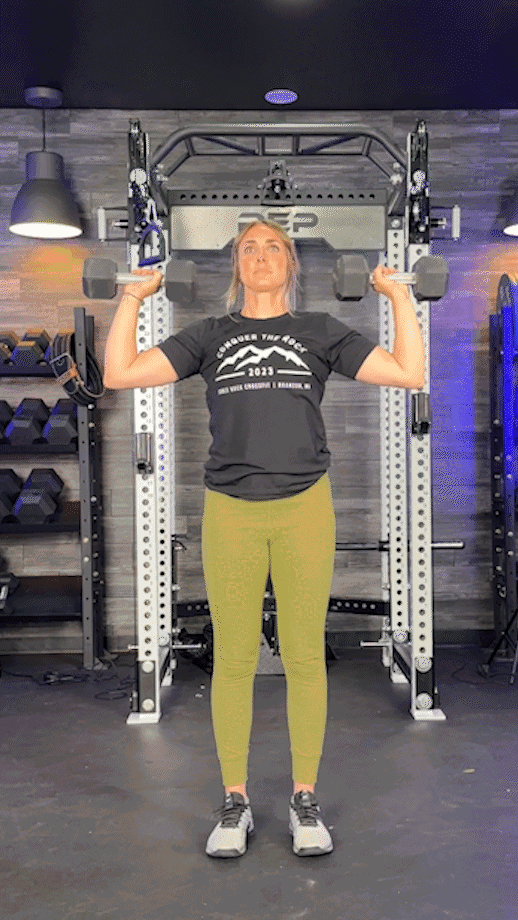
Rows
Row, row, row your…lats?
This functional movement that calls on your back muscles, including the latissimus dorsi, middle and lower traps, rhomboids, and posterior delt, to improve your upper body size, strength, and stability.
Specifically what muscles you target though will depend on the type of rowing movement you’re performing. The above muscles are activated during the barbell row, but you’ll get slightly different activation performing variations like the high row, inverted row, T-bar row, seated cable row, ring row, or even using the ergometer, or rowing machine.
Rowing exercises help build strength in many major muscle groups, improve muscular endurance, and burn calories, but they unfortunately won’t do much for getting you “gently down the stream.”
We do “merrily” recommend regular rowing anyway though.
RELATED: The Best Bent-Over Row Alternatives
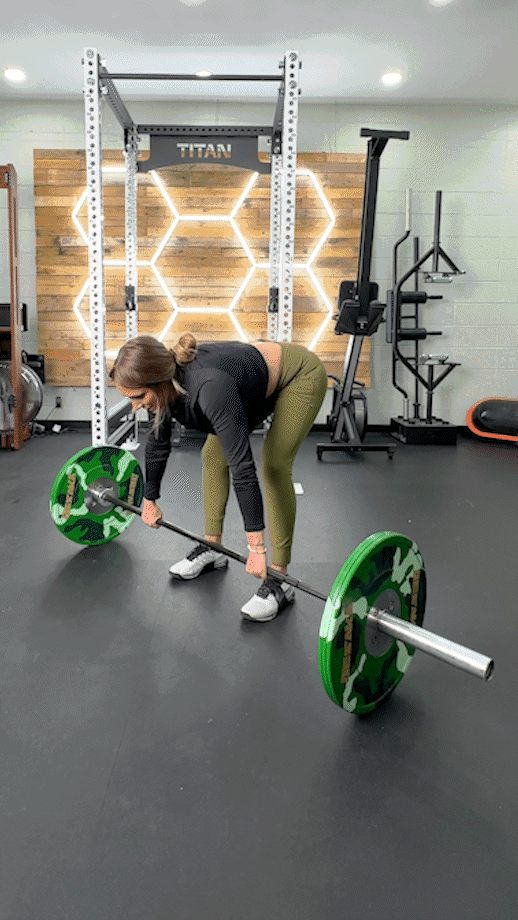
Deadlift
The deadlifts may very well reign supreme when it comes to compound exercises. They provide incredible posterior chain activation, recruiting muscle groups like the hamstrings, glutes, lower back, and traps, which will work wonders for your posture and improves overall muscle size and strength in both the upper and lower body.
It’s a super functional movement too, serving as the preferred method of lifting something heavy, whether that’s an overstuffed laundry bag, a heavy Amazon package, or a toddler in the midst of a tantrum.
Plus, there are many deadlift variations to keep your deadlift workouts interesting, including the conventional deadlift, trap bar deadlift, sumo deadlift, snatch grip deadlift, Romanian deadlift, stiff leg deadlift— the list goes on!
We’re dead serious when we say the deadlift definitely ranks among the best compound exercises.
RELATED: The Deadlift: Muscles Worked, How To Do It, And Benefits
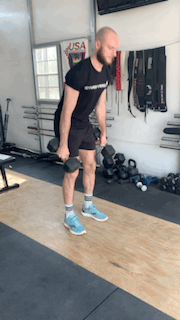
Safety Tips for Compound Exercises
We don’t blame you if you’re reading this, daydreaming of those sweet gains you’ll get from incorporating compound exercises into your workout routine; but pump the brakes!
Before we jump into the deep end with both feet, we need to make sure we’re training safely, because we won’t reap the benefits if we’re sidelined by a nasty, and probably preventable, injury.
Here are a few safety tips so you can reduce your risk of injury.
Start With a Warm-Up
We love that compound exercises save us time, but don’t cut the warm-up out to save even more.
Effective warm-up exercises, including dynamic stretches, cardio, and mobility exercises, gets the blood flowing, elevates your heart rate, and loosens the joints, so you’re ready to do work!
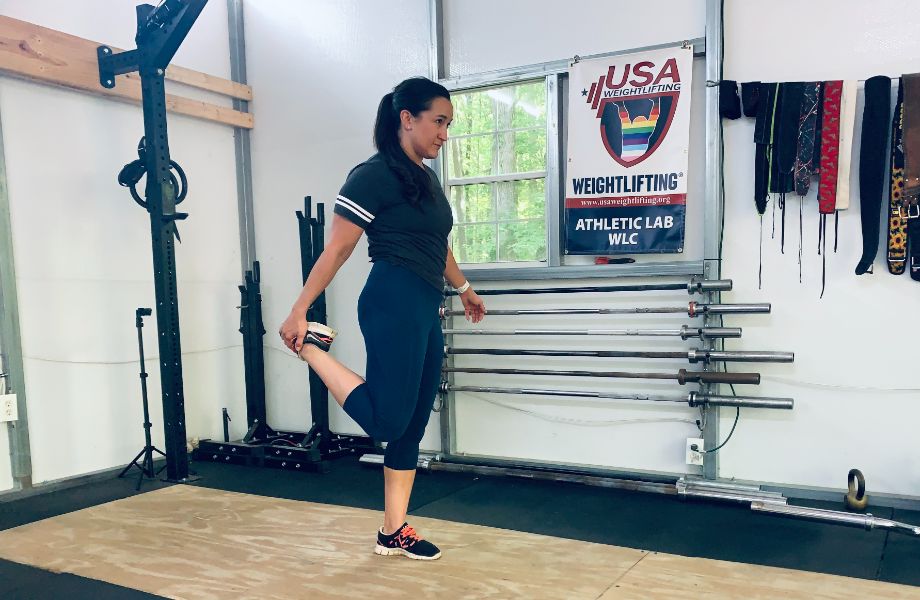
Form Comes First
Lifting progressively heavier loads is great for making strength gains, but you’ll do little more than contribute to or cause an injury if you’re not prioritizing proper form.
Every rep should be picture perfect, or you should consider going lighter.
Progress Gradually
Even if you’re feeling like a total beast, you never want to jump significantly while progressing.
That means if you’re used to squatting 225 pounds, for example, a logical next step might be 245 pounds, not 315 pounds.
Consider keeping a log of your personal bests, so you know your limits and how to push them gradually.
RELATED: What Is Progressive Overload?
Use Spotters and/or Safety Equipment
Some compound exercises, like the deadlift, pose little risk to your health and well-being if you are to fail or bail on the lift. Others, like the back squat or overhead press, could be dangerous without safety equipment in place, knowledge on how to bail the lift, or a great spotter on hand.
We want to push our limits in the gym, but safety should supersede everything else we’re doing and we shouldn’t train at all if we can’t train safely.
Follow our above tips, listen to your body, and consider working with a personal trainer or other qualified fitness professional to ensure you’re staying safe while performing compound exercises.
RELATED: How To Be A Good Spotter
FAQs: Compound Exercises
Why are compound exercises more effective than isolation exercises?
Compound exercises provide a full-body workout in one concise movement, while isolation exercises, well, isolate only a single specific muscle group.
What are the best compound exercises?
The best compound exercises include the back squat, deadlift, walking lunge, overhead shoulder press, barbell bent-over row, push-up, pull-up, and chin-up, to name a few.
What is the most effective compound exercise?
Ask 100 fitness professionals what the most effective compound exercise is and you’ll likely receive a wide variety of answers.
If we had to crown one compound exercise as the GOAT, however, we’re giving it to the back squat.
The back squat provides activation throughout the full-body, inspiring muscle growth and strength gains everywhere. Plus, the movement mimics the everyday act of sitting down in a chair and standing back up, which promotes functional fitness.
We’d consider the deadlift a close second for the same reasons, but we feel most people will sit and stand more often than they’ll lift heavy objects off the floor and, for that reason, we’ve gotta give it up to the back squat.
References
1. Simão R, Spineti J, de Salles BF, et al. Influence of exercise order on maximum strength and muscle thickness in untrained men. J Sports Sci Med. 2010;9(1):1-7. Published 2010 Mar 1.
2. Paoli A, Gentil P, Moro T, Marcolin G, Bianco A. Resistance Training with Single vs. Multi-joint Exercises at Equal Total Load Volume: Effects on Body Composition, Cardiorespiratory Fitness, and Muscle Strength. Front Physiol. 2017;8:1105. Published 2017 Dec 22. doi:10.3389/fphys.2017.01105
3. van den Tillaar R, Saeterbakken AH. Comparison of Core Muscle Activation between a Prone Bridge and 6-RM Back Squats. J Hum Kinet. 2018;62:43-53. Published 2018 Jun 13. doi:10.1515/hukin-2017-0176
4. Wilk M, Petr M, Krzysztofik M, Zajac A, Stastny P. Endocrine response to high intensity barbell squats performed with constant movement tempo and variable training volume. Neuro Endocrinol Lett. 2018;39(4):342-348.
5. Seguin RC, Cudlip AC, Holmes MWR. The Efficacy of Upper-Extremity Elastic Resistance Training on Shoulder Strength and Performance: A Systematic Review. Sports (Basel). 2022;10(2):24. Published 2022 Feb 14. doi:10.3390/sports10020024


